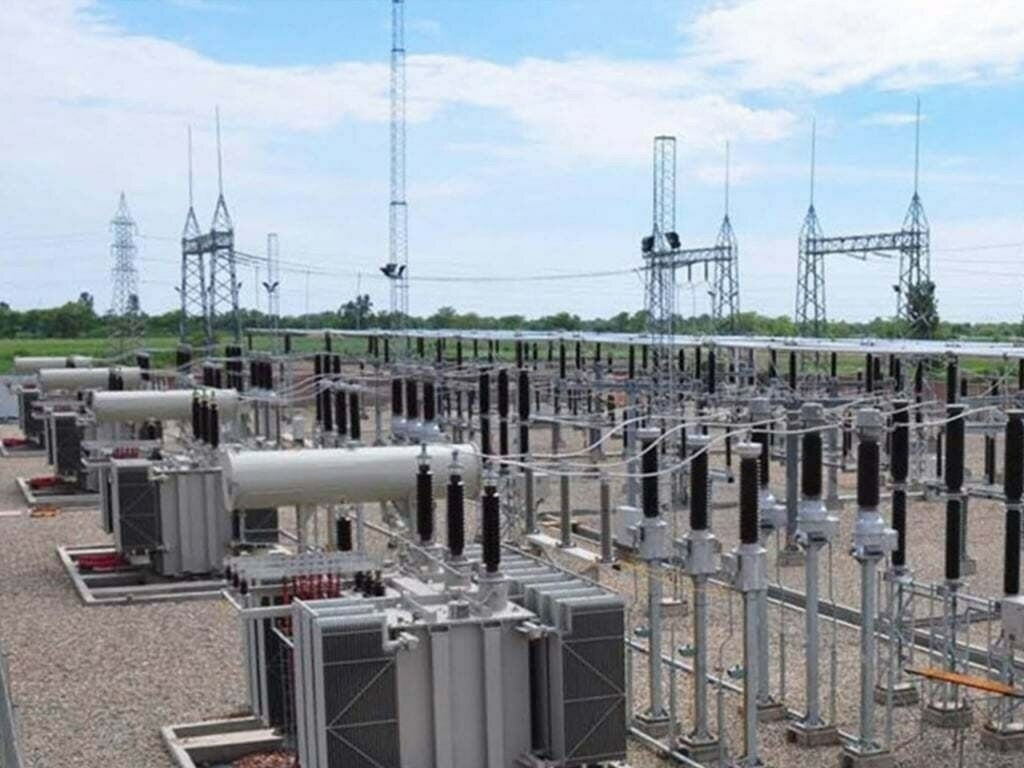Donald Trump has proposed a sweeping solution to the economic challenges facing the United States: imposing significant tariffs on foreign goods. He argues that these tariffs—essentially taxes on imports—will lead to job creation in factories, a reduction in the federal deficit, lower food prices, and government subsidies for childcare.
Trump even goes so far as to claim that tariffs could promote world peace, declaring them “the greatest thing ever invented.” This reflects a continuation of his previous presidency, during which he notably branded himself “Tariff Man” and targeted imports from China, such as solar panels and steel.
His current tariff proposals are even more ambitious, suggesting a 60% tariff on goods from China and up to a 20% tariff on all other imports. Recently, Trump escalated his rhetoric by threatening a staggering 200% tax on exports from machinery manufacturer John Deere if they moved production to Mexico.
Furthermore, he has threatened to impose a 100% tariff on Mexican-made goods, potentially destabilizing trade agreements that his administration previously negotiated with Canada and Mexico.
However, many mainstream economists express skepticism about the efficacy of tariffs in promoting economic growth. A recent report from the Peterson Institute for International Economics warns that Trump’s proposed tariffs could shrink the U.S. economy by over a percentage point by 2026 and raise inflation by 2% next year.

Donald Trump
Vice President Kamala Harris has dismissed Trump’s tariff threats as unserious, highlighting research that estimates a 20% universal tariff could cost a typical family nearly $4,000 annually.
Interestingly, the Biden-Harris administration has also adopted a tariff-friendly approach, retaining tariffs on $360 billion in Chinese imports and imposing a 100% tariff on Chinese electric vehicles. This reflects a broader shift away from the post-World War II commitment to free trade and low tariffs, a change attributed to the loss of U.S. manufacturing jobs in an increasingly globalized economy.
Tariffs are imposed as a percentage of the price of imported goods and are collected by Customs and Border Protection at various ports across the country. While they may protect domestic manufacturers by making foreign products pricier, economists warn that American consumers ultimately bear the cost, as importers pass on higher prices.
Interestingly, studies have shown that Trump’s tariffs have caused more harm to foreign economies than to the U.S., with one study indicating that the damage inflicted on China was more than three times greater than the impact on the American economy.
Historically, tariffs were a significant source of revenue for the U.S. government before the establishment of the income tax in 1913. In fact, they accounted for 90% of federal revenue from 1790 to 1860.
However, their importance diminished in the post-war era, as global trade expanded and the government sought larger revenue streams. Today, tariffs generate around $81.4 billion, a small fraction compared to the projected $2.5 trillion from individual income taxes.
Trump argues that imposing tariffs on agricultural imports could lower food prices for American consumers, yet economists suggest that such measures would likely result in higher grocery prices due to reduced competition and consumer choice. Furthermore, he has utilized tariffs as leverage to influence other countries on issues unrelated to trade, exemplified by his previous pressure on Mexico to address Central American migration.
Although Trump’s tariffs have gained political traction among his supporters, studies indicate they have not effectively restored jobs in sectors like steel manufacturing, where employment numbers remained stable despite tariff impositions.
The retaliatory tariffs imposed by other nations have negatively impacted American farmers and industries reliant on imported goods. Despite the lack of significant job creation, the tariffs have succeeded politically, bolstering support in manufacturing-heavy regions, and illustrating the complex interplay between trade policy and electoral politics.























